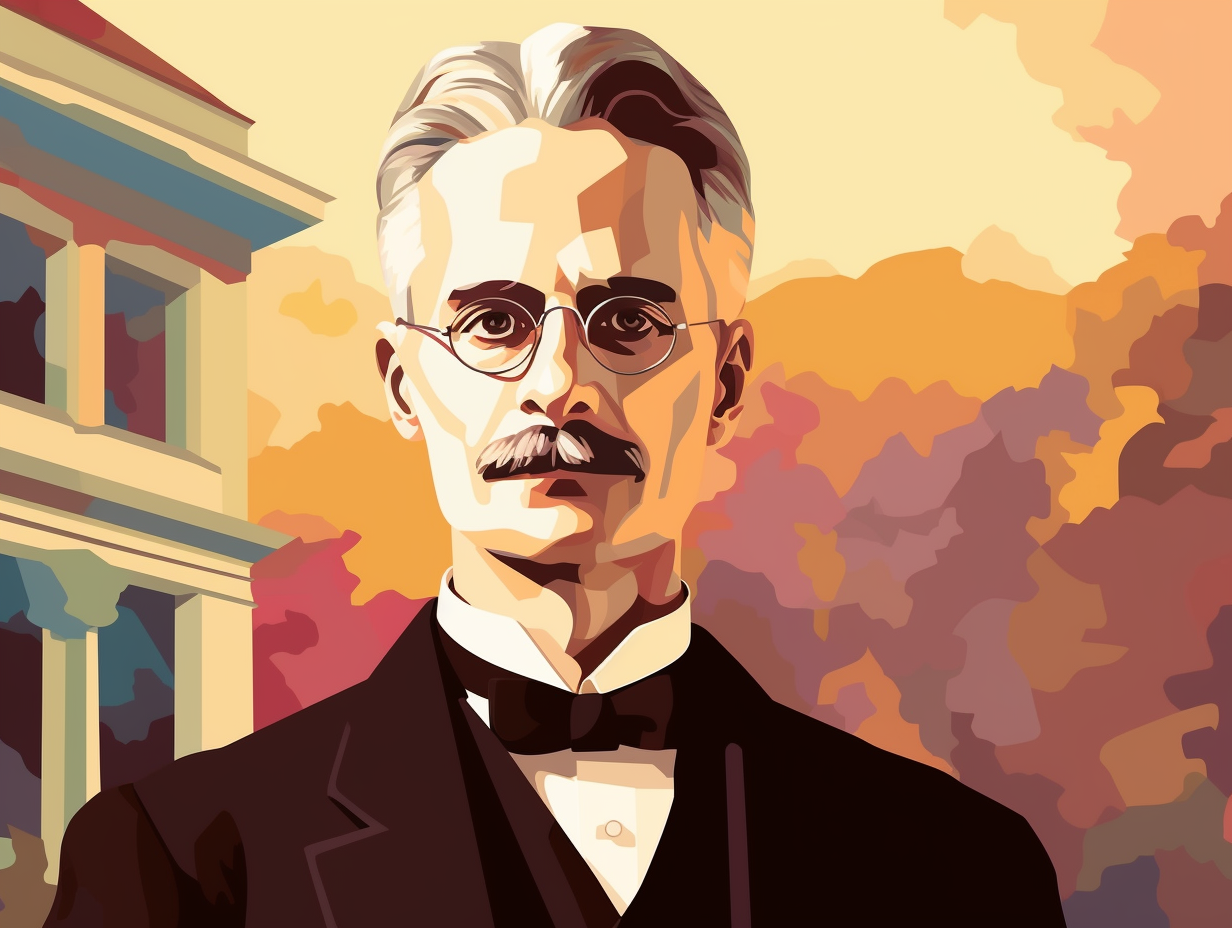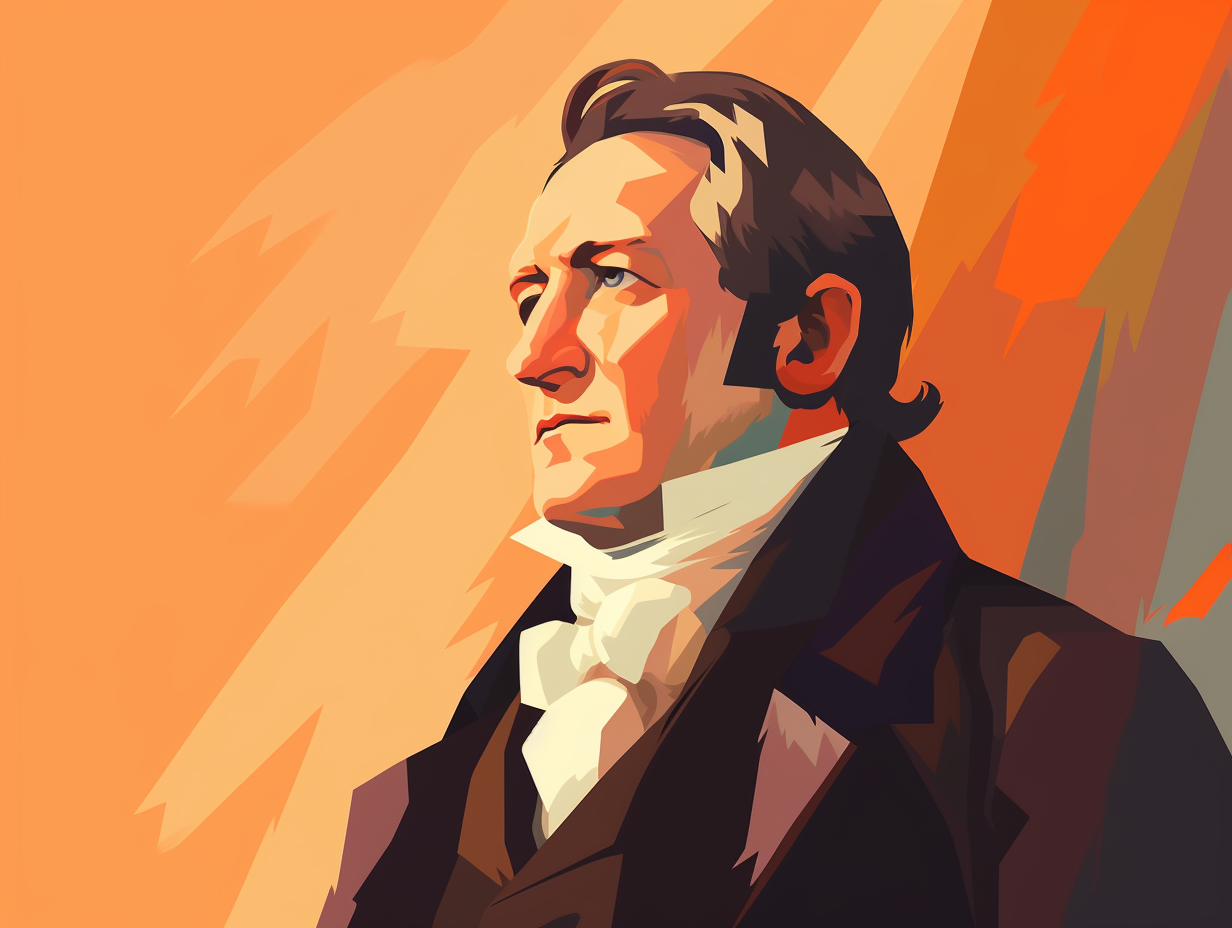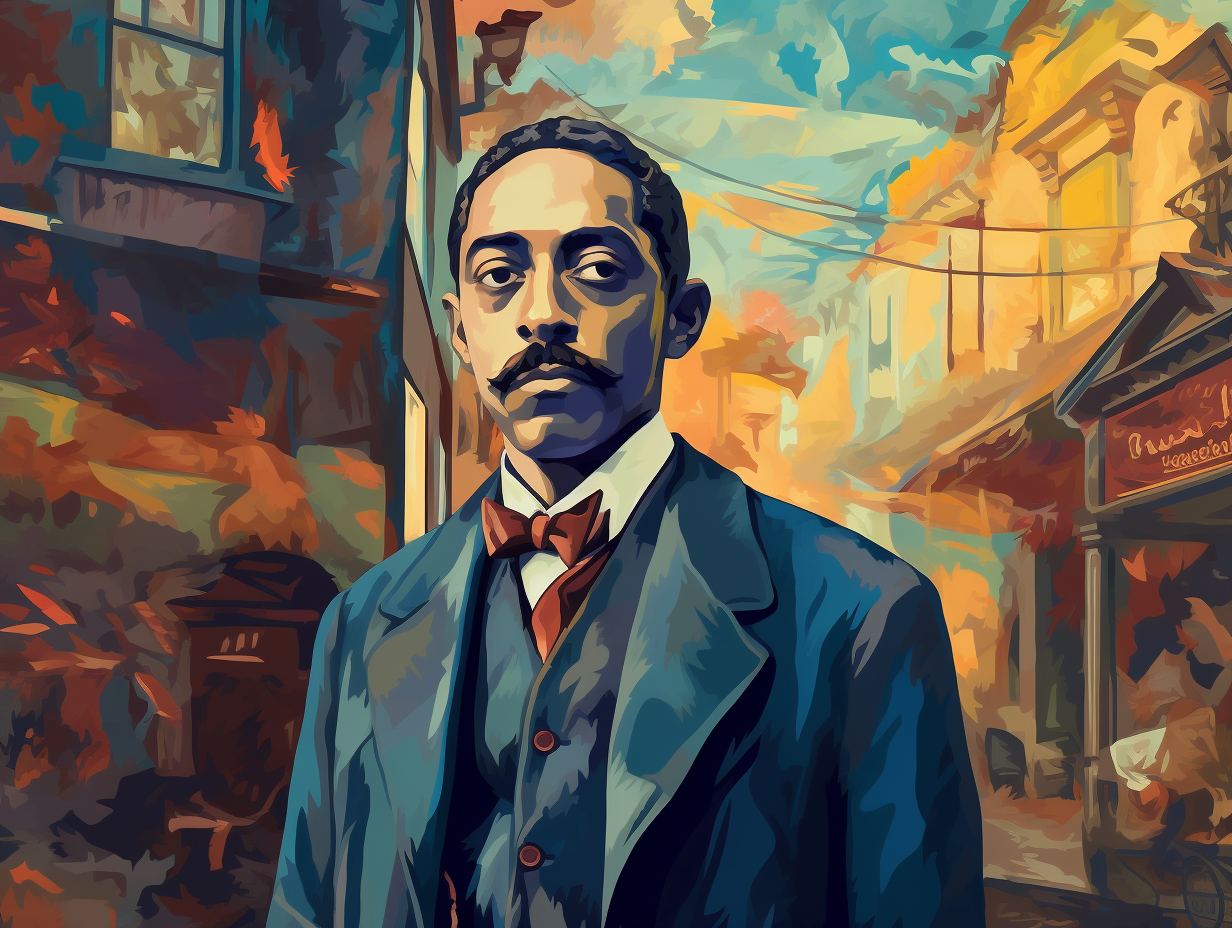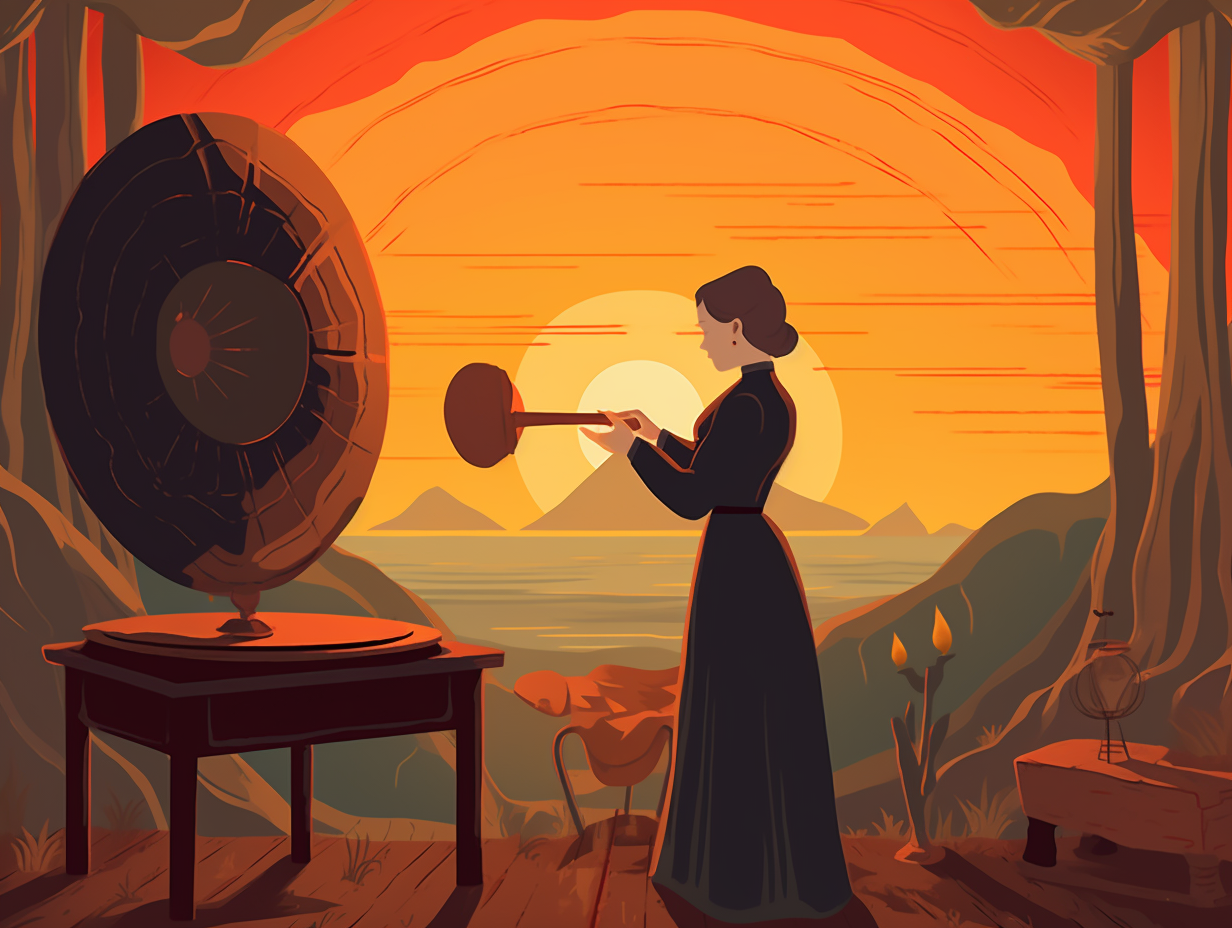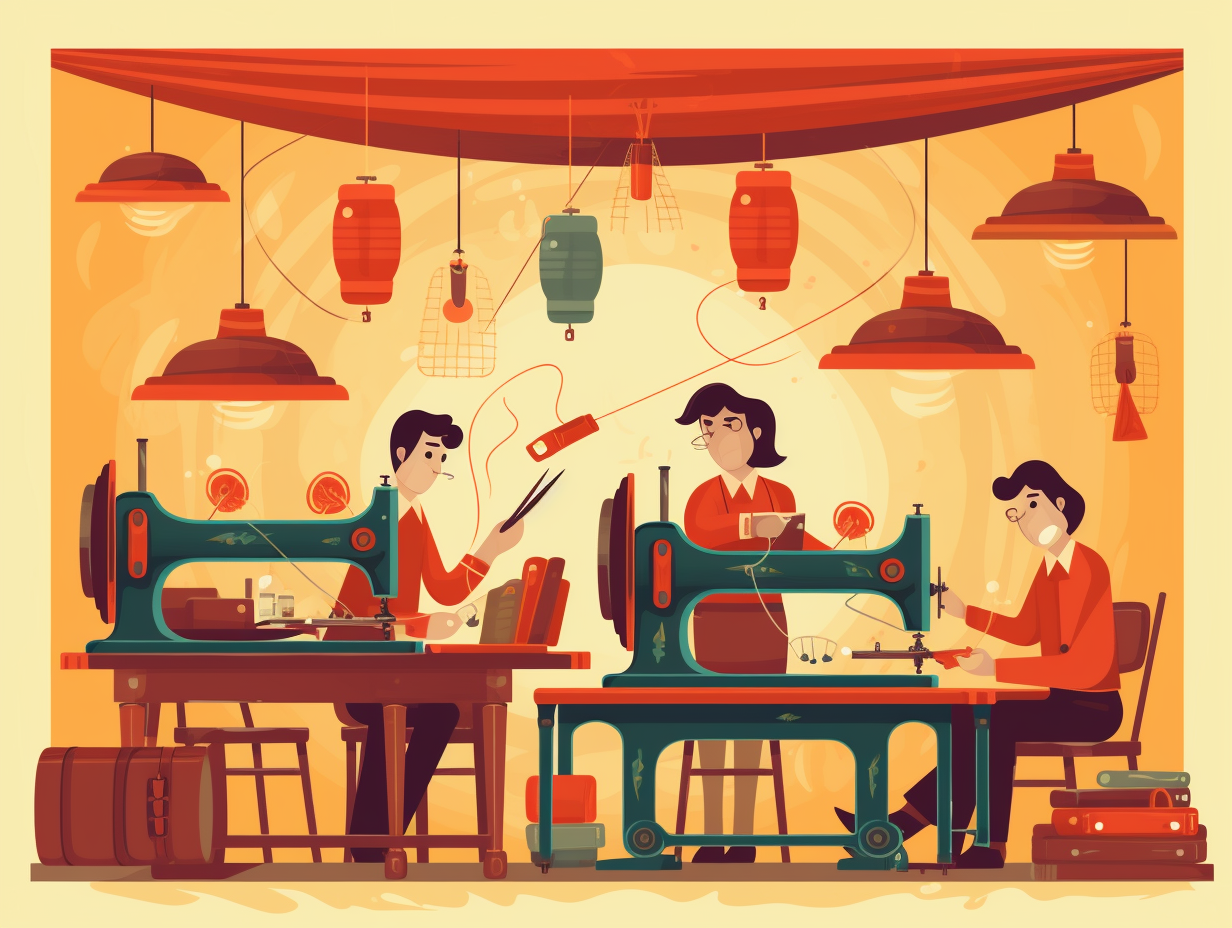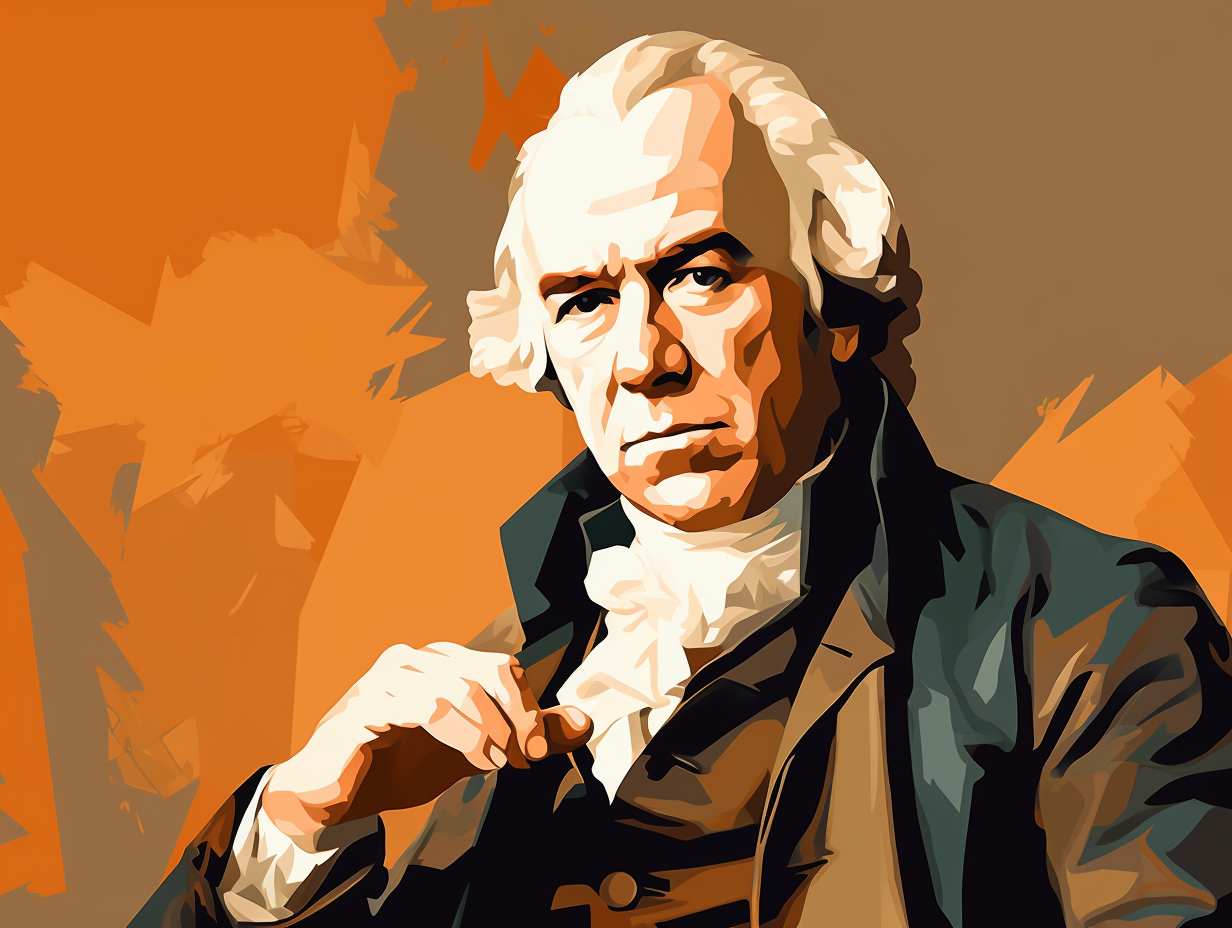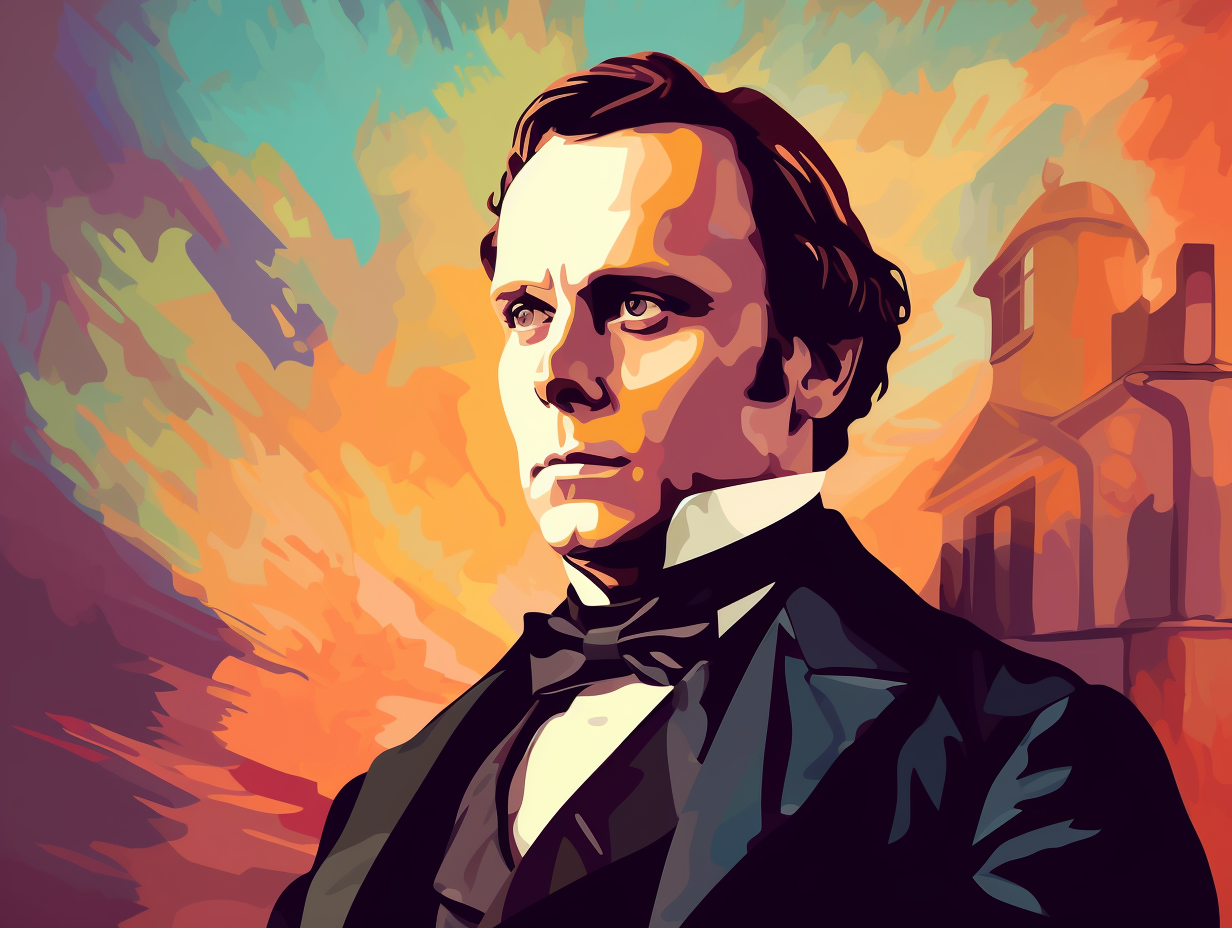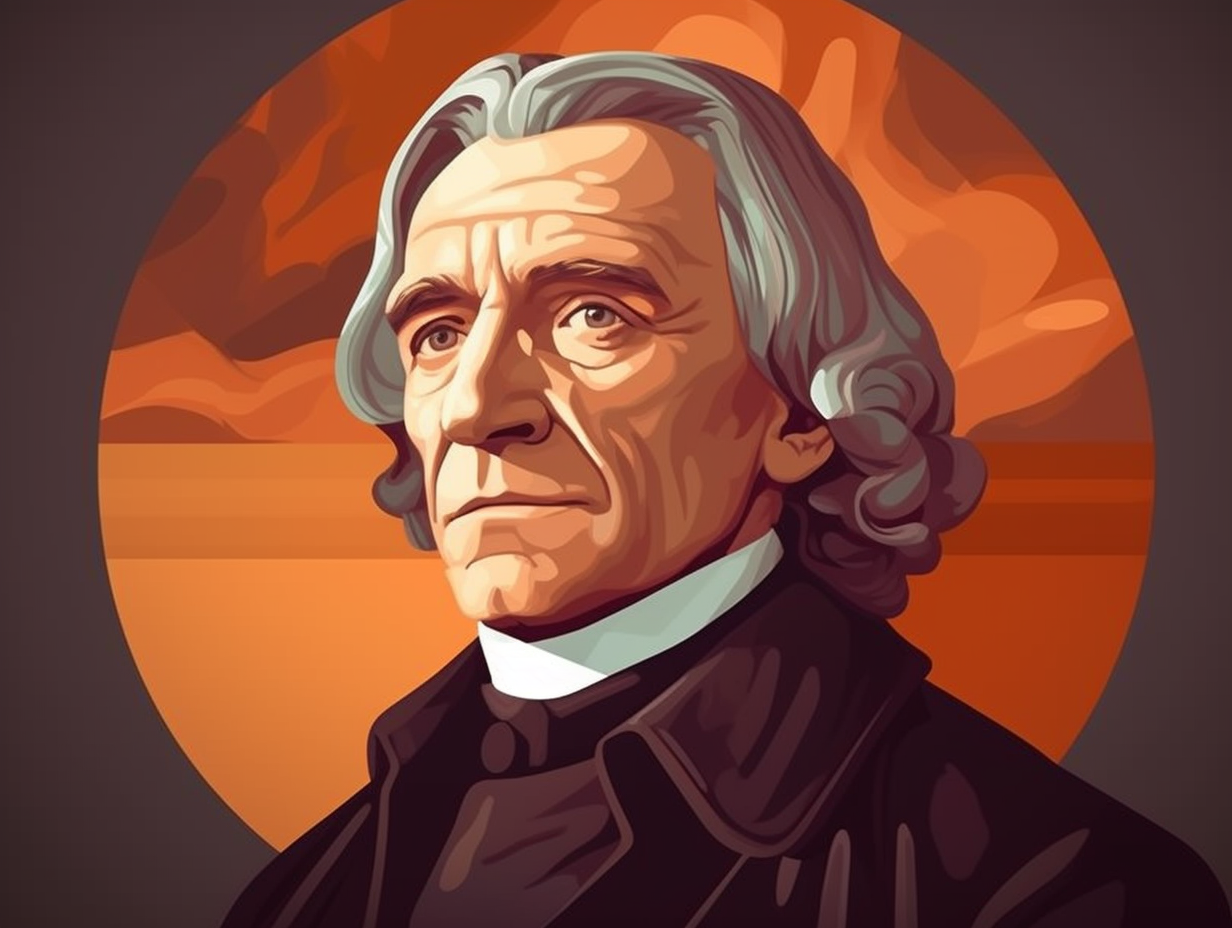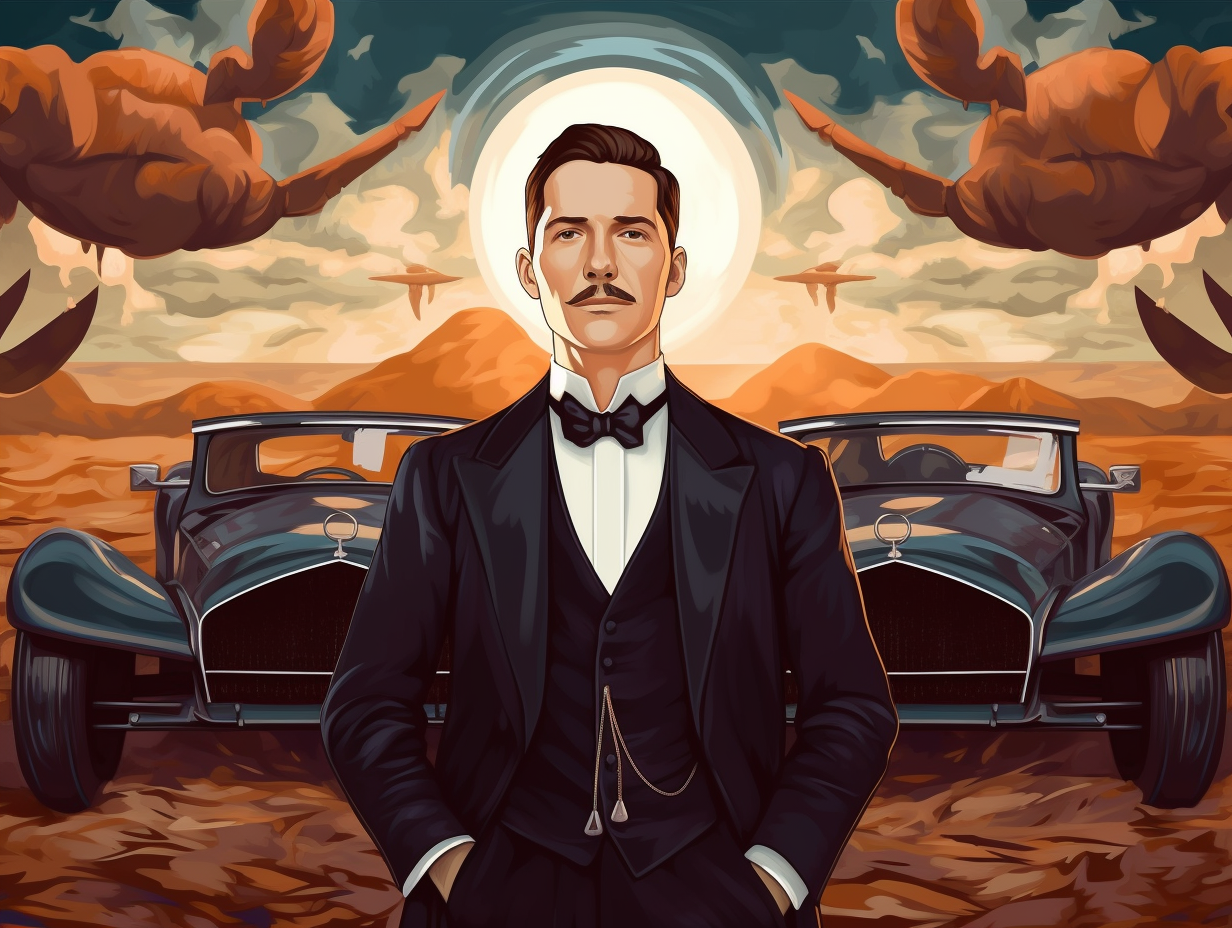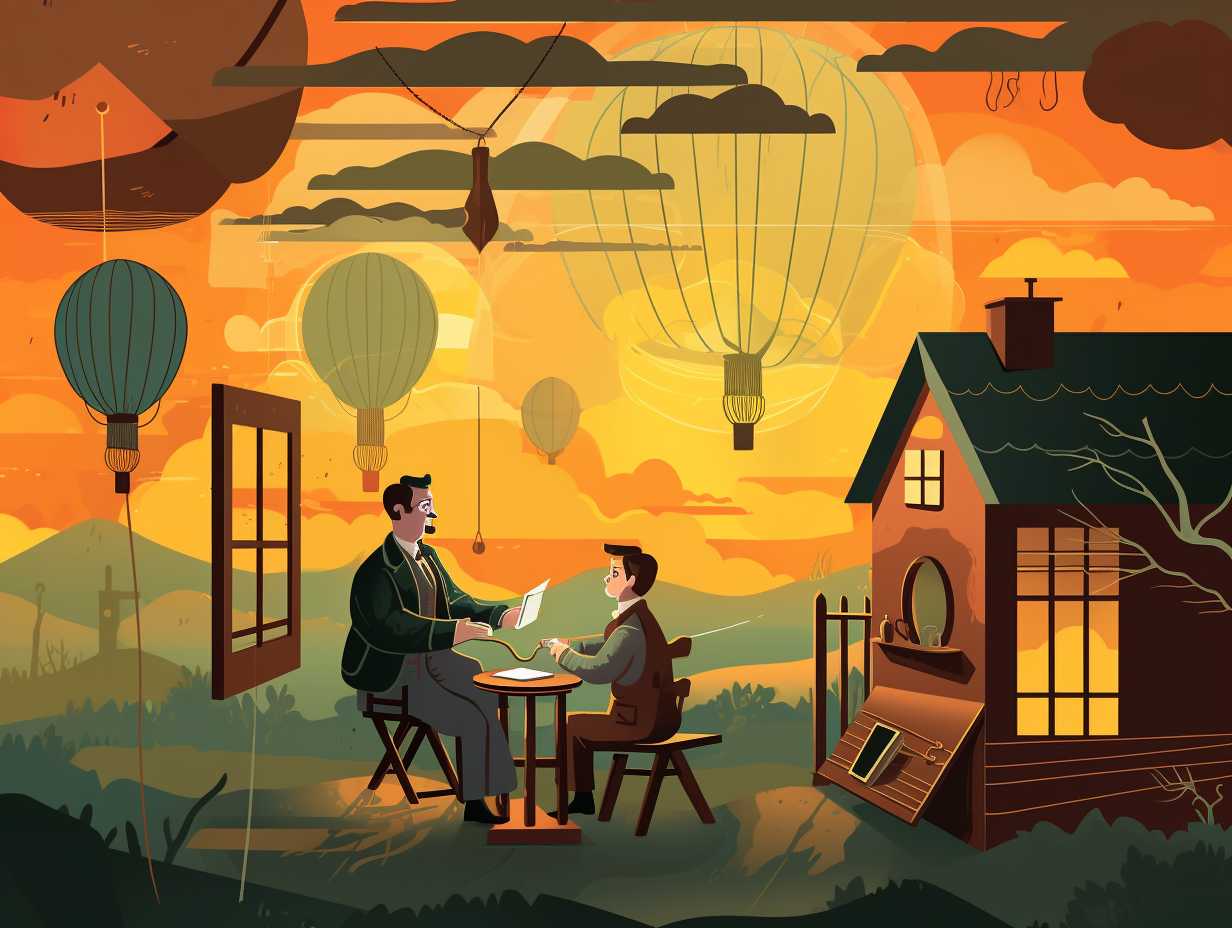Discover the Unexpected: Top 8 Fun and Fascinating Facts About John Logie Baird, the Pioneer of Television

1. Color TV's Fashionable Debut
When John Logie Baird wanted to add more color to the world, he didn't just break out the Crayolas: he crafted the first publicly demonstrated color television system. Using scanning discs with three spirals of apertures and a triple-threat of light sources, he proved his invention in 1928 by broadcasting a fashionable young lady donning differently hued hats. Behold: the humble beginnings of color television and the prelude to ending monochromatic monotony.
Source => en.wikipedia.org
2. Stooky Bill: The Original TV Star
Before reality TV stars, there was a dummy who could handle the heat better than a Kardashian in a sauna: John Logie Baird's first mechanical television system actually used a brightly painted ventriloquist dummy named Stooky Bill as a test subject, because human faces couldn't be televised due to the photoelectric cells' low sensitivity. Though Stooky's hair got singed and face cracked from the intense incandescent lighting, he went down in history as one of the first "television actors".
Source => en.wikipedia.org
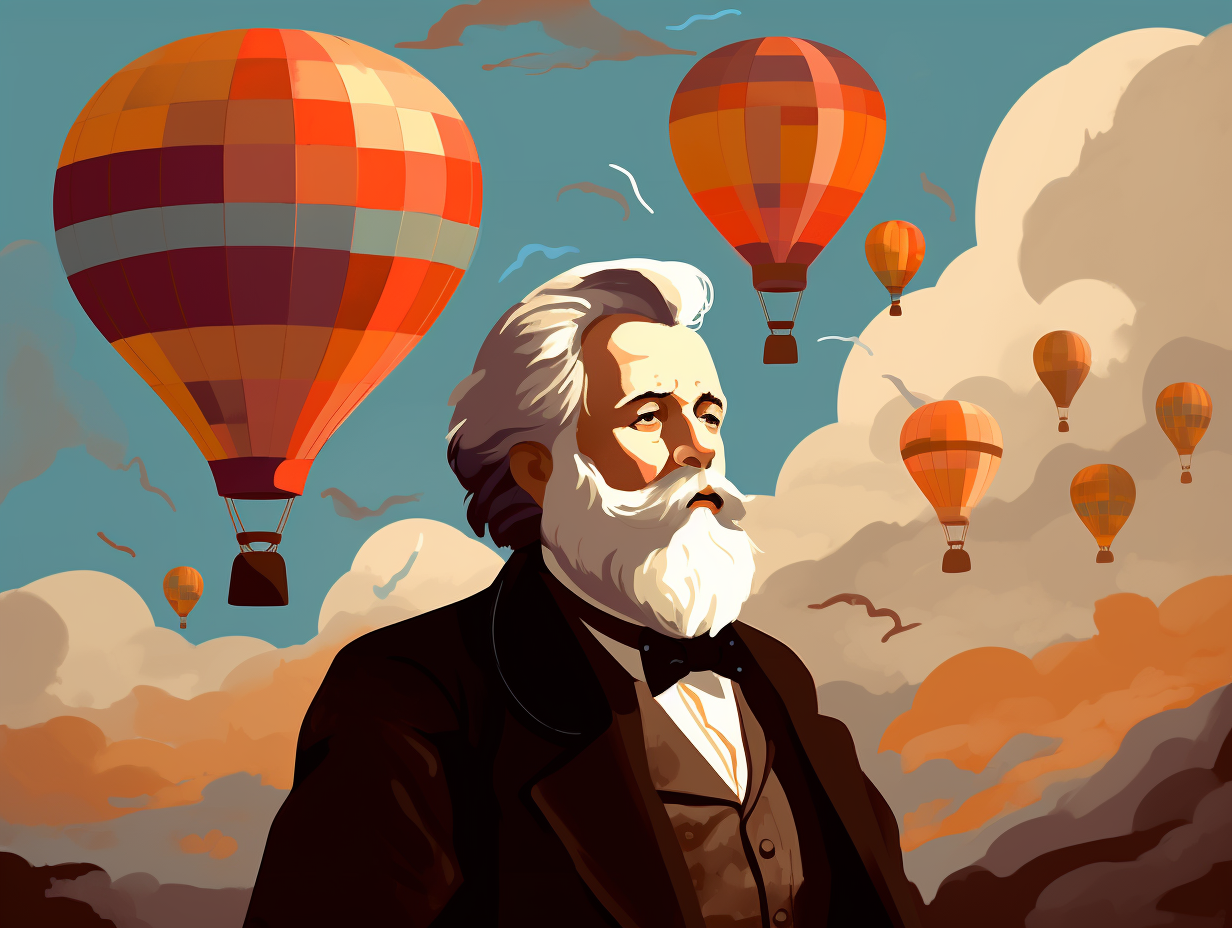
Did you know Alexander Graham Bell's innovations went beyond the telephone? Discover how his creation of the photophone led to today's fiber optic technology!
=> Fun Facts about Alexander-Graham-Bell
3. Dancing Shadows: The Televisor Era
In a time when "streaming" meant only what rivers could do, John Logie Baird sparked a televised revolution by making shadows dance on screens: Baird's 1925 public demonstration of his "televisor" at Selfridges department store in London wowed spectators with moving silhouette images, but interestingly, it was Charles Francis Jenkins who had already transmitted static photographic pictures in 1922 from Washington, D.C. to a Navy station in Anacostia, and wirelessly back to Washington.
Source => en.wikipedia.org
4. Baird's Bizarre Invention Attempts
Before committing to a lifetime "bromance" with the small screen, John Logie Baird was a serial dabbler in oddball inventions, leaving a trail of shattered glass, burst balloons, and toasty toes in his wake: He experimented with creating diamonds using heated graphite, invented a rust-resistant glass razor that sadly shattered, dabbled in the art of semi-inflated balloon-based shoes that went pop, and finally triumphed by inventing the cozy thermal undersock, dubbed the Baird Undersock, forever banishing his icy extremities to the realm of history.
Source => en.wikipedia.org
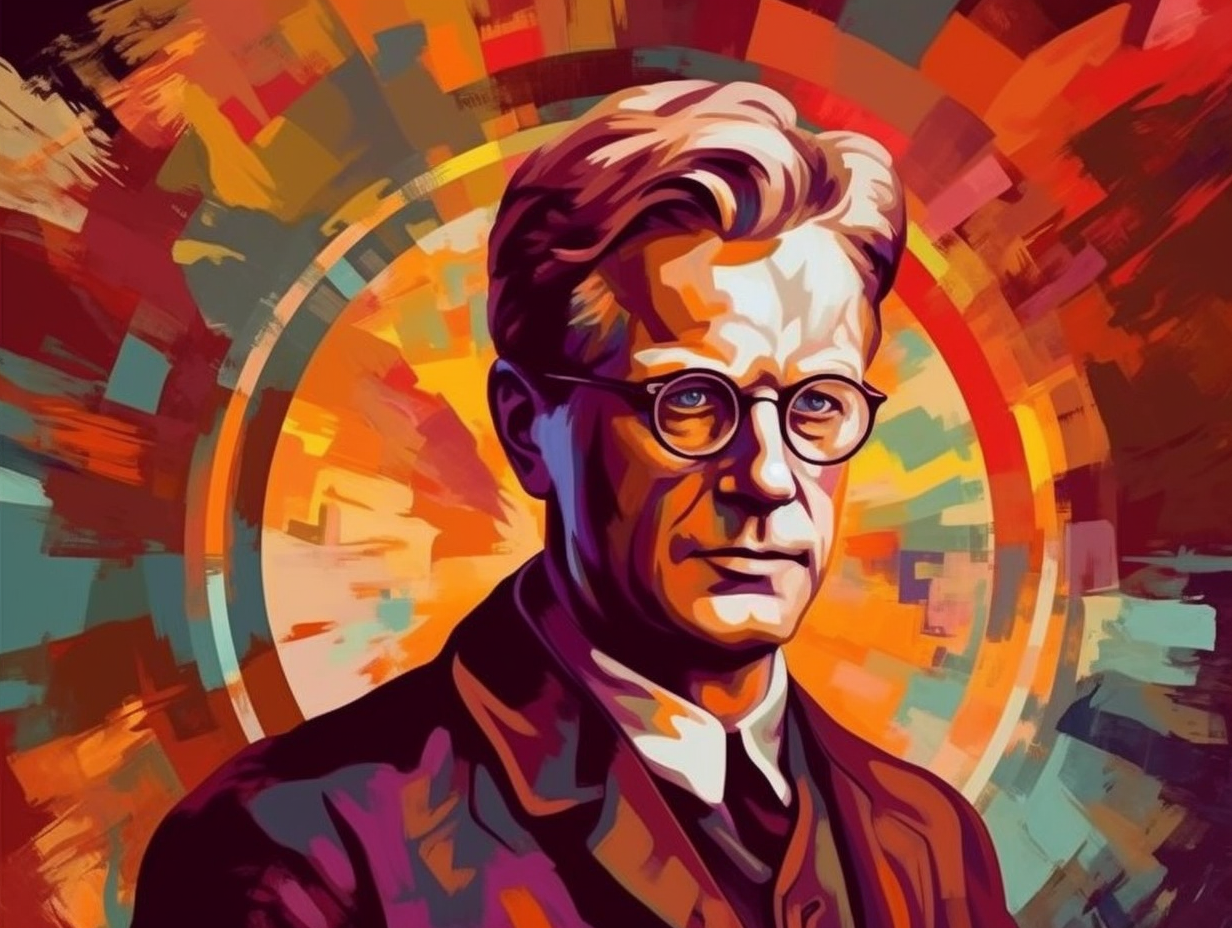
5. Baird: Diamond Maker Wannabe
Before breaking into the world of television and becoming a "diamond in the rough," John Logie Baird tried to perform literal alchemy: He attempted to manufacture diamonds out of carbon using electricity during his time at the Clyde Valley Electrical Power Company, but sadly he couldn't quite make that rock sparkle.
Source => learningresources.co.uk
6. From Bouncy Shoes to Cozy Socks
Before he turned the world upside down with his television wizardry, John Logie Baird dabbled in everything from rust-fighting razors to bouncy, pneumatic shoes that might've given springs to kangaroos' steps: However, it was his cozy, thermal undersocks that kept both feet on the ground, garnering commercial success and warming up more than just shopping shelves.
Source => gulfnews.com
7. Baird's Early Phone Antics
Before Alexander Graham Bell had his hertz in the right place: Little John Logie Baird, a cheeky lad indeed, had his own rogue phone operation connecting his abode to his fellow mischief-makers' homes, only to find their grapevine foiled when their string of wires introduced an unsuspecting drayman to the pavement! But fear not, for our mischievous phone-preneur later upgraded his scheming to the visual realm, bringing forth the first true TV image of a human, the initial color picture, video disk recording, 3D television, and night vision TV.
Source => soundandcommunications.com
8. Mustached Pioneer: Stooky Bill's Fame
When ventriloquists' dummies aspire to television fame, they look up to the unlikeliest of pioneers: a certain mustached mannequin who stood head and plaster shoulders above the rest and answered to the moniker "Stooky Bill": John Logie Baird unveiled the first live working television system on January 26, 1926, ushering in the era of broadcast television with his greyscale image of "Stooky Bill" moving at five pictures per second, upping the ante to 12.5 the following year.
Source => en.wikipedia.org
Related Fun Facts


